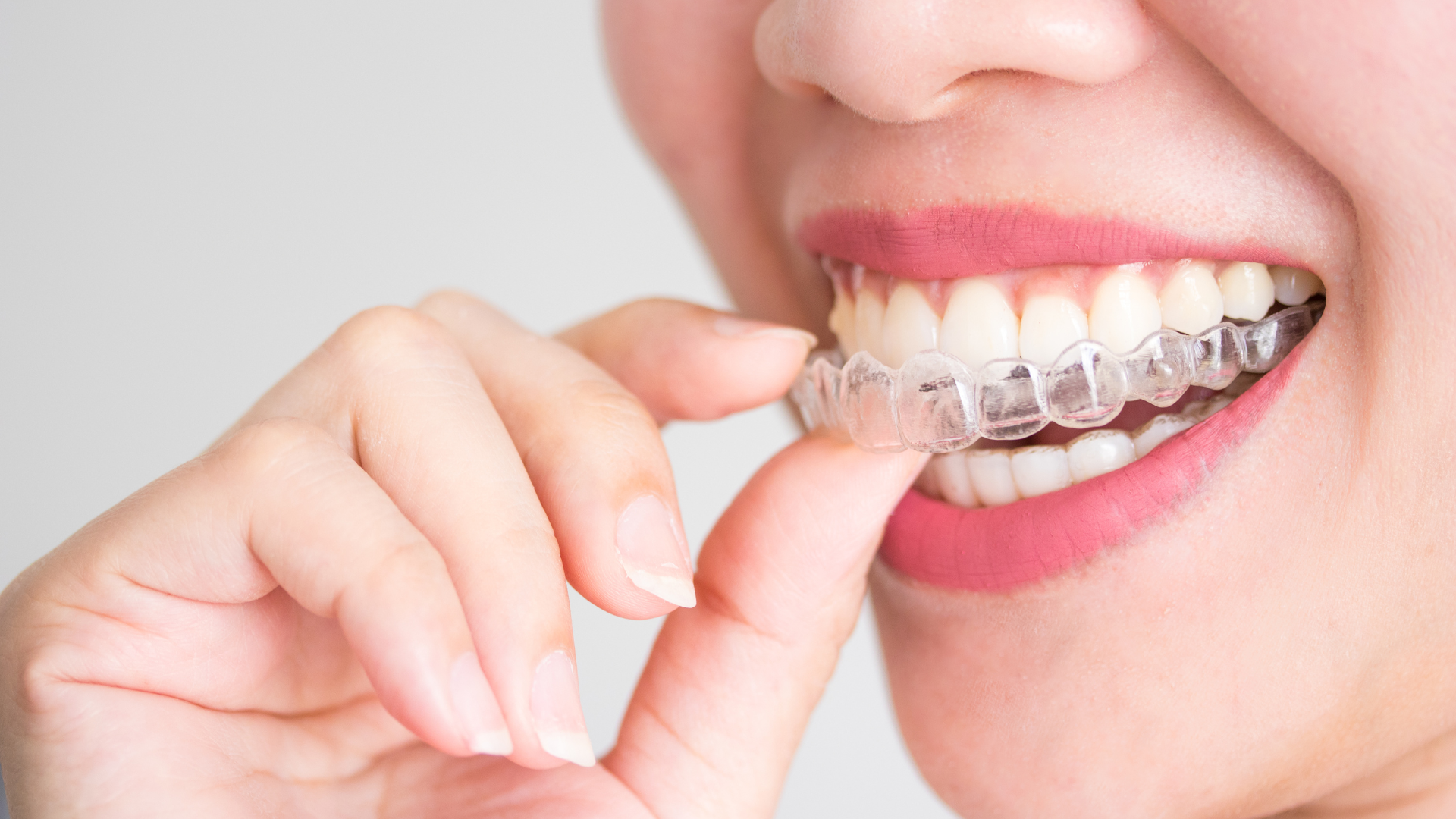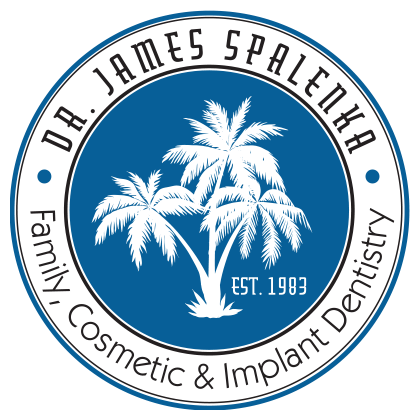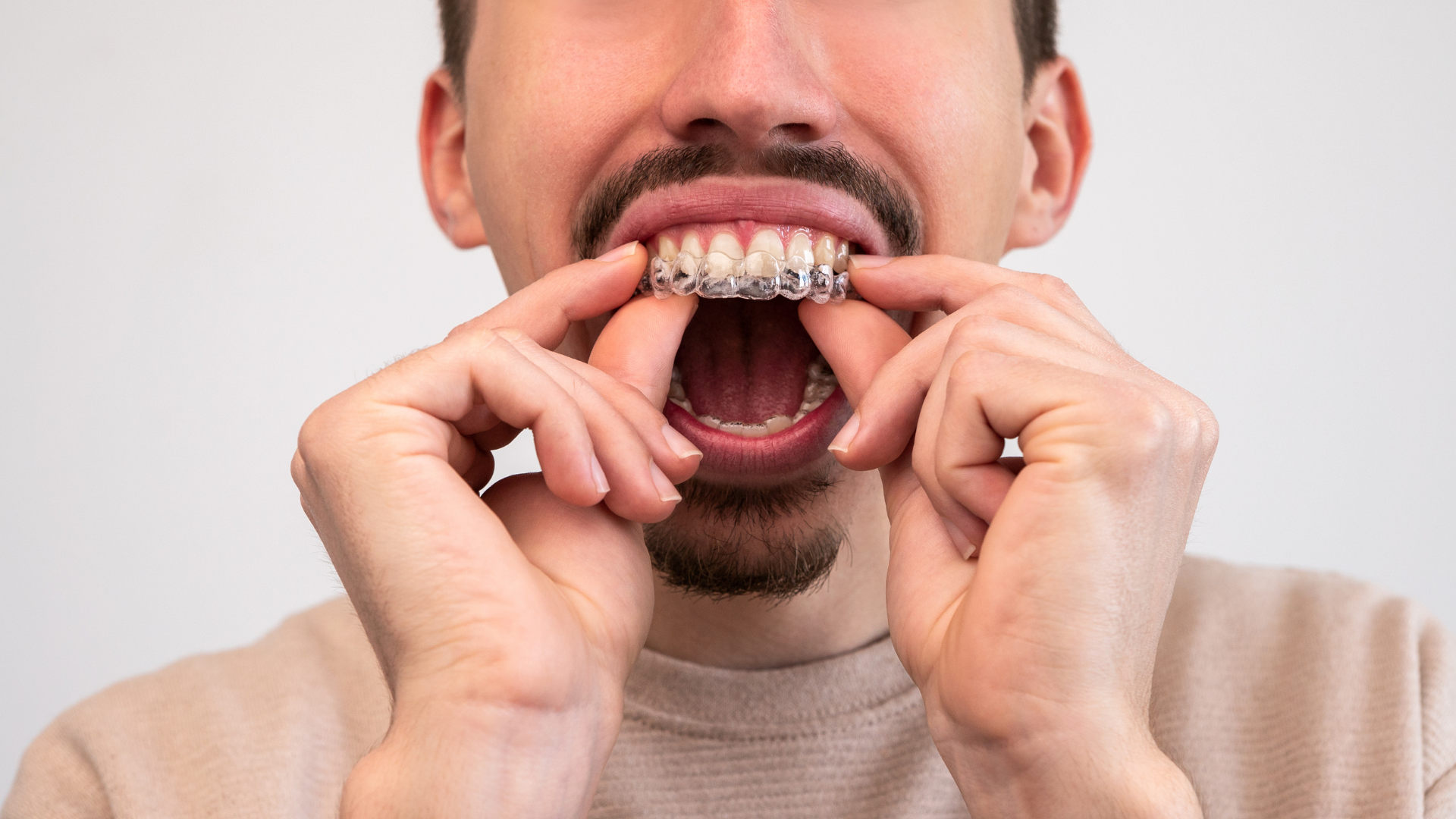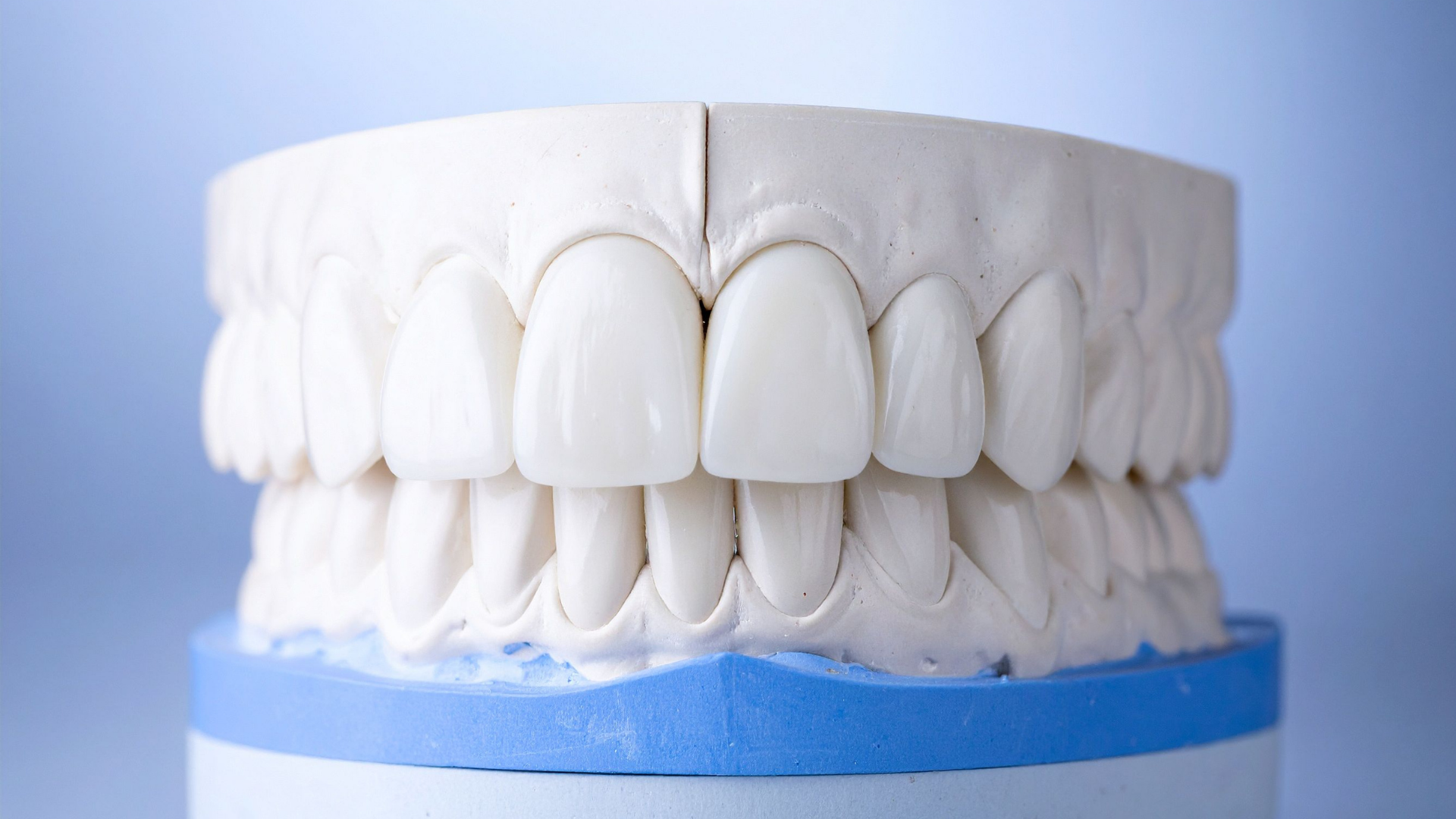How Long Does Invisalign Take?
Understanding the Invisalign Treatment Process
Initial Consultation and Assessment
The journey to a straighter smile with Invisalign begins with an initial consultation and assessment. During this first visit, your orthodontist will evaluate your dental structure and discuss your aesthetic goals. This step is crucial in determining whether Invisalign is the right treatment for you.
- Examination of teeth alignment and bite issues
- Discussion of treatment expectations and lifestyle
- Assessment of oral health to rule out contraindications
The assessment will involve taking digital scans or impressions of your teeth. These images are provide the information needed to create a precise treatment plan tailored to your unique dental profile.

Custom Treatment Plan Creation
Once the initial consultation at Invisalign Rancho Bernardo is complete, the journey to a straighter smile continues with the creation of a custom treatment plan. This plan addresses the unique dental alignment needs of each patient.
The details of this plan dictate the number of aligners required and the duration of the treatment.
- Digital impressions of the teeth are taken.
- A series of aligners are designed to move teeth incrementally.
- Each set of aligners is worn for about 1-2 weeks before progressing to the next.
The custom treatment plan is a roadmap for dental correction, ensuring that the Invisalign experience is tailored for convenience and comfort.
Receiving and Wearing Aligners
Once your custom Invisalign aligners are ready, you'll receive them from your orthodontist. The success of your treatment heavily relies on your commitment to wearing the aligners as prescribed. Typically, aligners should be worn for 20 to 22 hours a day, only being removed for eating, drinking anything other than water, and brushing your teeth.
It's crucial to follow a strict routine so that your teeth move according to the treatment plan. Deviating from the prescribed wear time can lead to extended treatment duration and additional costs.
Here are some tips to help you adapt to wearing your new aligners:
- Wear your aligners as much as possible, aiming for the full 22 hours each day.
- When you first receive your aligners, practice speaking while wearing them to quickly adjust to any initial discomfort.
- Use the Invisalign aligner case to store your aligners safely when not in use to avoid loss or damage.
- Keep track of your aligner schedule and change to the next set of aligners on time as directed by your orthodontist.
Regular Check-ups and Adjustments
Throughout the Invisalign treatment, regular check-ups with your orthodontist are crucial to monitor progress and make necessary adjustments. These appointments are typically scheduled every 4 to 6 weeks. During these visits, your orthodontist will evaluate the fit and effectiveness of the aligners and provide the next series of trays in your treatment plan.
Adjustments may include trimming the aligners or recommending additional aligner wear if the teeth are not moving as predicted. It's important to attend all scheduled appointments to ensure the treatment stays on track.
- Initial Check-up: Assess fit and comfort of aligners
- Subsequent Visits: Monitor tooth movement and aligner condition
- Additional Adjustments: Address any concerns or unexpected issues
Remember, consistent wear of the aligners for the recommended 20-22 hours per day is essential for the success of the treatment. Skipping check-ups or not following the orthodontist's guidance can lead to extended treatment time and less than optimal results.
Factors Influencing the Duration of Invisalign Treatment
Complexity of Dental Issues
The complexity of dental issues is a significant factor that influences the duration of Invisalign treatment. Patients with more complex orthodontic needs may require a longer treatment time to achieve the desired results. For instance, severe bite issues, crowded teeth, or large gaps may necessitate additional aligners and extended treatment periods.
- Minor teeth misalignments: 6-12 months
- Moderate orthodontic corrections: 12-18 months
- Severe bite issues and crowding: 18-24 months
It's essential to have a thorough assessment by a dentist in Rancho Bernardo to determine the complexity of your dental issues and receive a realistic timeline for your Invisalign treatment.
The expertise of your dentist in Rancho Bernardo will play a crucial role in managing complex dental cases effectively. They will monitor your progress and make necessary adjustments to ensure your treatment stays on track.
Patient Compliance with Aligner Wear
One of the most critical factors in determining the success and duration of Invisalign treatment is patient compliance with aligner wear . Invisalign aligners are designed to be worn for 20 to 22 hours a day, and failing to adhere to this can significantly extend the treatment time and affect the overall results.
- Wear aligners for the recommended time each day
- Only remove aligners for eating, drinking anything other than water, and oral hygiene
- Replace aligners immediately after these activities
It's essential for patients to understand that their commitment to wearing the aligners as prescribed is directly proportional to the effectiveness of the treatment. Deviations from the recommended wear schedule can lead to prolonged treatment times and additional costs.
Patients should also be aware that each set of aligners is typically worn for one to two weeks before moving on to the next set in the series. This progression is meticulously planned to ensure gradual and controlled tooth movement. Delaying the switch to new aligners can disrupt this process and compromise the treatment's success.
Age and Orthodontic Treatment History
The duration of Invisalign treatment can be influenced by the patient's age and their history of orthodontic work. Younger patients often have more malleable jawbones and teeth , which can sometimes lead to quicker treatment times. However, this is not a hard and fast rule, as each individual's situation is unique.
- Children and Adolescents : Typically experience faster movement of teeth due to growth and development.
- Adults : May have slower treatment progress, especially if they have had previous orthodontic treatments that can affect tooth mobility.
It's important to note that a history of orthodontic treatment, such as traditional braces, can impact the Invisalign process. Teeth that have been previously moved may respond differently to new treatment.
Patients with a complex orthodontic history may require a more customized approach, which can extend the overall treatment time. The orthodontist will review past treatments and consider their effects when planning Invisalign therapy.
Biological Response to Treatment
The rate at which your teeth move and how your gums and bone structure adapt to the changes introduced by Invisalign aligners can vary significantly from person to person. Biological response to orthodontic treatment is a critical factor that can extend or reduce the overall treatment time.
- Genetics play a role in how quickly your teeth can be repositioned.
- The health of your gums and bones can impact the movement of your teeth.
- Your body's healing process and ability to remodel bone tissue are also important.
While most patients will see progress according to their treatment plan, some may experience faster or slower movement due to their unique biological makeup. It's essential to maintain good oral hygiene and follow your orthodontist's recommendations to support a positive biological response.
Average Timeline for Invisalign Treatment
Typical Duration for Adults
For most adults, the Invisalign treatment typically spans between 12 to 18 months. However, the exact duration can vary based on individual circumstances and the complexity of the dental corrections needed.
The goal of Invisalign is to achieve the desired results with minimal disruption to daily life. Patients are expected to wear their aligners for about 20 to 22 hours per day, only removing them for eating, drinking anything other than water, and oral hygiene practices.
- Initial results may be noticeable within a few weeks.
- Significant progress is often observed halfway through the treatment.
- Final adjustments and refinements may extend the timeline slightly.
It's important to remember that every patient's journey is unique, and staying in close communication with your orthodontist is crucial for a successful treatment outcome.
Expected Treatment Time for Teens
For teenagers, the Invisalign treatment typically spans a shorter period compared to adults, owing to their still-developing dentition which can be more receptive to adjustments. The average treatment time for teens is often between 12 to 18 months , although this can vary based on individual circumstances.
- Initial phase of active treatment: 6-12 months
- Refinement phase if needed: additional 2-6 months
In order to predict results teens must adhere to the recommended 20-22 hours of daily aligner wear so the treatment stays on track. Non-compliance can lead to extended treatment times and additional costs.
Factors such as the complexity of the dental issues, the growth phase of the teen's jaws, and their commitment to wearing the aligners as prescribed play significant roles in determining the exact duration of treatment. Parents and guardians should encourage and monitor their teen's aligner wear to help maintain the treatment's effectiveness.
Comparing Invisalign to Traditional Braces
When considering orthodontic treatment, many patients weigh the options between Invisalign and traditional braces. Invisalign offers a less visible solution and can be more comfortable due to the lack of brackets and wires. However, traditional braces are sometimes necessary for more complex dental corrections.
- Invisalign:
- Typically requires 12 to 18 months.
- Removable, allowing for easier eating and cleaning.
- Nearly invisible aligners.
- Traditional Braces:
- Can take anywhere from 18 to 36 months.
- Fixed to the teeth for the duration of treatment.
- More noticeable, with metal or ceramic brackets.
While Invisalign can be a quicker option for many, the specific needs of your dental condition will ultimately determine the most effective treatment. It's important to consult with an orthodontist to understand the best approach for your situation.
Maximizing the Efficiency of Invisalign Treatment
Best Practices for Aligner Care and Maintenance
Maintaining the cleanliness and integrity of your Invisalign aligners is crucial for the success of your treatment. Proper care ensures that your aligners remain invisible and odor-free , while also preventing the buildup of harmful bacteria.
- Rinse your aligners every time you remove them to wash away saliva and plaque.
- Brush and floss your teeth before reinserting your aligners to maintain oral hygiene.
- Clean your aligners daily with a soft-bristled toothbrush and clear, unscented soap to avoid staining.
- Soak your aligners in a denture cleaner or Invisalign cleaning crystals to keep them clear and sanitized.
- Avoid hot water when cleaning your aligners as it can warp the plastic.
- Store your aligners in the protective case provided when not in use to prevent damage or loss.
It's important to follow these care instructions diligently. Neglecting aligner maintenance can lead to dental issues that may prolong your treatment.
Remember, the longevity and effectiveness of your Invisalign aligners are in your hands. By adhering to these best practices, you can ensure a smoother and more efficient treatment process.
The Role of Interproximal Reduction (IPR)
Interproximal Reduction (IPR) is a technique used during Invisalign treatment to create additional space between teeth. This is particularly useful when there is mild crowding and can help in avoiding the removal of teeth. IPR involves the careful removal of a small amount of enamel from between the teeth, which can enhance the fit of the aligners and improve the overall treatment outcome.
IPR is a minimally invasive procedure and is typically well-tolerated by patients. It allows for more precise tooth movement and can reduce treatment time when used appropriately.
The amount of enamel removed during IPR is minimal and carefully controlled:
- 0.1mm to 0.5mm per side, depending on the case
- Up to 0.3mm is considered very conservative
- The procedure is repeated as necessary, based on the treatment progress
IPR is not suitable for every patient and is determined by the orthodontist based on individual treatment needs. It's important for patients to understand that while IPR can aid in the efficiency of Invisalign treatment, it should be performed by a skilled professional to ensure the health and integrity of the teeth are maintained.
Importance of Wearing Retainers Post-Treatment
Completing the Invisalign treatment is a significant milestone, but it's not the end of the journey. Wearing retainers post-treatment is crucial to maintaining the new position of your teeth. Without retainers, teeth have a natural tendency to shift back to their original positions, a process known as relapse.
- Retainers help stabilize the bone and fibers around your teeth after treatment.
- They ensure that your investment in time and money yields lasting results.
Consistent retainer use is the best insurance policy for your smile.
The type of retainer and the duration of wear will vary based on individual cases. Your orthodontist will provide specific instructions on how to wear and care for your retainers. Adhering to these guidelines is essential for preserving the alignment of your teeth and preventing the need for further orthodontic work.
Addressing Common Concerns and Questions About Invisalign
Can Treatment Duration Be Accelerated?
Many patients are eager to see their new smile as soon as possible and often ask if the Invisalign treatment can be expedited. The short answer is that, to some extent, the duration can be influenced by patient behavior. However, it's crucial to understand that safe and effective teeth movement should not be rushed.
- Adherence to wearing aligners for the recommended 20-22 hours per day
- Attending all scheduled orthodontic appointments
- Following the orthodontist's guidance on aligner changes
While certain practices can help optimize treatment time, attempting to accelerate the process beyond the recommended pace can lead to suboptimal results or complications.
It's also worth noting that advancements in dental technology and techniques may offer some opportunities to reduce treatment time. For instance, the use of adjunctive therapies like vibration devices or laser treatments has been explored. However, the effectiveness and safety of such methods should always be discussed with an orthodontist.
Dealing with Discomfort and Adjusting to Aligners
When beginning Invisalign treatment, it's common to experience some discomfort as your teeth start to move. This is typically most noticeable during the first few days after wearing a new set of aligners. The sensation is usually described as pressure rather than pain and should subside as your mouth adjusts.
To manage discomfort, consider the following tips:
- Use over-the-counter pain relievers as needed, following the dosage instructions.
- Apply a cold compress to the outside of your mouth to reduce soreness and inflammation.
- Stick to soft foods during the initial adjustment period to minimize additional pressure on your teeth.
- Practice speaking with the aligners in to become accustomed to them more quickly.
Remember, consistent wear is key to reducing the adjustment period. The more you wear your aligners, the faster your mouth will adapt.
It's important to note that if you experience severe pain or discomfort that doesn't improve, you should contact your orthodontist. They can ensure that the aligners fit properly and make any necessary adjustments.
Managing Expectations: Realistic Outcomes
When considering Invisalign treatment, it's crucial to have realistic expectations about the outcomes. Not all dental issues can be corrected with Invisalign , and the results can vary based on individual circumstances. It's important to discuss what is achievable with your orthodontist.
- The severity of your dental issues may limit the extent of correction.
- Invisalign is highly effective for many cases, but alternatives may be recommended for complex problems.
- Treatment time can be longer than anticipated if the aligners are not worn as prescribed.
Remember that while Invisalign offers a discreet and often more comfortable alternative to traditional braces, the success of the treatment largely depends on patient compliance and the nature of the orthodontic issue. Patience and adherence to your orthodontist's guidance are key to achieving the best results.
Frequently Asked Questions
The office of Dr. James Spalenka, DDS.
A Gentle, Comfortable Dental Experience, Offering Skill & Modern Technology
HIGH-TECH EQUIPMENT | CARING STAFF | MODERN OFFICE



